Support us
As a charity we rely on your donations to fund our free exhibitions, school activities and online resources
Empowering medical excellence, shaping healthcare futures.
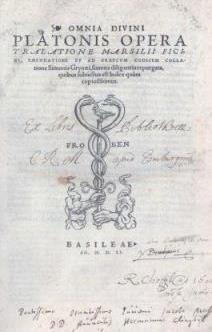
The earliest writings about blood clotting are found in the works of the Greek philosophers of the 4th century BC. Plato described how the blood contained fibres which caused it to congeal when it left the warmth of the body and cooled down. This view was held for over two thousand years up until the end of the 18th century.
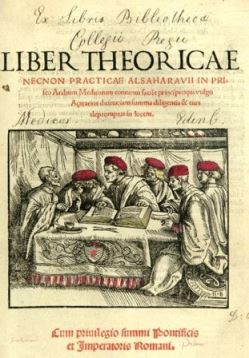
Abu'l-Qasim, known in Europe as Albucasis, was the greatest surgeon of Islam. His most important work was his great medical encyclopaedia, the al-Tasrif or Art of healing. Written around the year 1,000 AD, it influenced medicine in the West for over 500 years. It contains the first printed description of haemophilia.
Leeuwenhoek, a Dutch shop keeper with little formal education, had an exceptional talent for lens grinding. This, combined with an obsession for microscopes, meant that he was able to build the most powerful microscopes of his day. For over fifty years he made important observations in every branch of the natural sciences. He was the first to give a real description of red blood cells. “The red globules of the blood I reckon to be 25,000 times smaller than a grain of sand.”
Malpighi was a pioneer of microscopic anatomy and has been called ‘the founder of histology’. The above collection of works includes Malpighi's classic treatise on the kidney with his description of the ‘Malpighian bodies’. It also contains De polypo cordis which gives his observation of red blood corpuscles, and De liene which includes the first description of Hodgkin's disease.
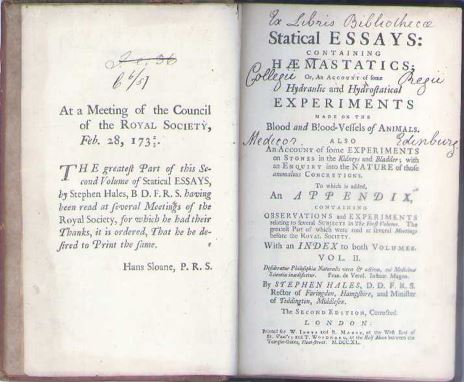
Although for over fifty years the curate of a small country parish, the Rev. Stephen Hales is generally regarded to be the first genuine plant physiologist in the history of the science. He also made an outstanding contribution to medicine with his invention of the manometer. His pioneering studies of blood pressure, peripheral resistance, cardiac capacities, and blood velocity were the greatest advance in circulatory physiology since Harvey’s work over one hundred years earlier.
Physicist, physiologist, chemist, and philosopher, Robert Boyle was one of the greatest scientists of the 17th century. His study of human blood was first published in 1683, and was his most important medical work. Boyle was one of the first to deal with the scientific analysis of blood, and this work is regarded to be the first scientific study in physiological chemistry.
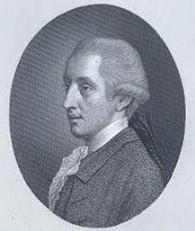
William Hewson studied medicine at Newcastle and Edinburgh and was assistant and partner at William Hunter’s anatomy school in London. Hewson demonstrated the existence of lymph vessels in animals, explained their function, and also ascertained that the coagulation of blood was caused by a substance in the plasma.
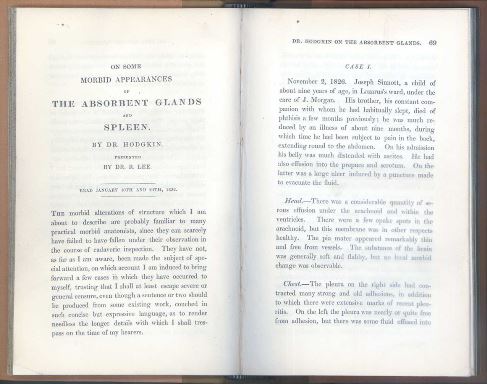
Hodgkin graduated MD at Edinburgh in 1823 and practised at Guy’s Hospital in London. In the above report he gave the first clear description of lymphadenoma, which Wilks referred to in 1865 as ‘Hodgkin’s disease’. A keen member of the Society of Friends, Hodgkin gave up medicine to devote himself to various philanthropic and reforming ventures.
Gabriel Andral is generally regarded to be the founder of the science of haematology, and the above treatise is one of the most important works in the history of the subject. He invented the terms ‘anaemia’ and ‘hyperaemia’, and clearly described a number of diseases of the blood including lead poisoning, septicaemia, and polycythemia.
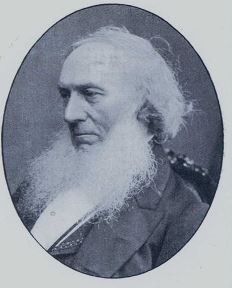
Andrew Buchanan was Professor of Physiology at Glasgow for 37 years, and has been described as one of the most outstanding of the pioneer investigators of blood coagulation. In a series of experiments Buchanan extracted the fibrin ferment of blood, and showed that it was capable of coagulating blood and other serous fluids not in themselves coagulable. The fundamental discoveries he made regarding the mechanism of blood coagulation were the basis for all subsequent research on the subject.
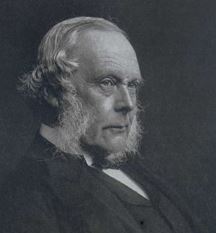
Joseph Lister was Professor of Surgery at Glasgow, Edinburgh, and King’s College, London. He is regarded as the founder of the antiseptic system of surgery. Lister’s discovery of antiseptics were developed from his studies on the coagulation of the blood. In his Croonian Lecture he demonstrated that by carrying out the strictest precautions he could keep blood free from putrefaction indefinitely, thus supporting his theory that bacteria were the cause of wound suppuration.
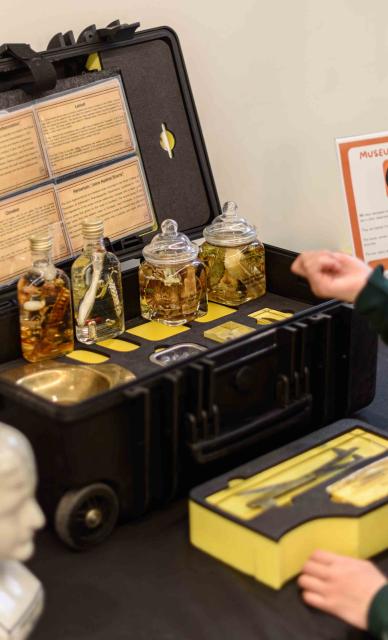
Support us
As a charity we rely on your donations to fund our free exhibitions, school activities and online resources